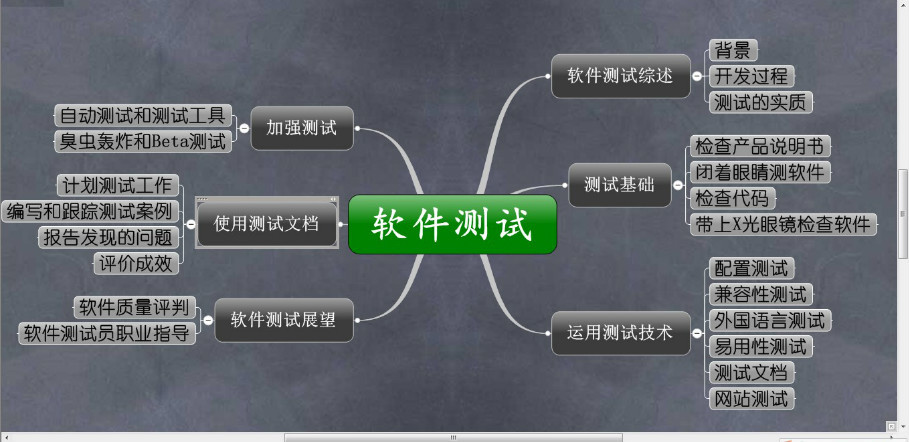golang实现java uuid的序列化方法
目前只实现了java生成的固定的uuid:85bb94b8-fd4b-4e1c-8f49-3cedd49d8f28的序列化
package mainimport ( 'encoding/binary' 'encoding/json' 'fmt' 'log' 'os' 'strings' 'time' 'github.com/Shopify/sarama' 'github.com/google/uuid')const ( DATE_TIME_PATTERN = '' STREAM_MAGIC = 0xaced STREAM_VERSION = 5 TC_STRING = 0x74 TC_OBJECT = 0x73 TC_CLASSDESC = 0x72 SC_SERIALIZABLE = 0x02 TC_ENDBLOCKDATA = 0x78 TC_NULL = 0x70)func main() { uuidTest()}func uuidTest() { f, _ := os.Create('uuid-go.out') defer f.Close() f.Write(ShortBytes(STREAM_MAGIC)) f.Write(ShortBytes(STREAM_VERSION)) f.Write([]byte{TC_OBJECT}) f.Write([]byte{TC_CLASSDESC}) className := 'java.util.UUID' classNameLen := len(className) f.Write(ShortBytes(uint16(classNameLen))) f.Write([]byte(className)) sid := -4856846361193249489 f.Write(LongBytes(uint64(sid))) //flags f.Write([]byte{2}) //fields length f.Write(ShortBytes(2)) //field type code f.Write([]byte{’J’}) f1 := 'leastSigBits' f1Len := len(f1) f.Write(ShortBytes(uint16(f1Len))) f.Write([]byte(f1)) //filed type code f.Write([]byte{’J’}) f2 := 'mostSigBits' f2Len := len(f2) f.Write(ShortBytes(uint16(f2Len))) f.Write([]byte(f2)) f.Write([]byte{TC_ENDBLOCKDATA}) f.Write([]byte{TC_NULL}) leastSigBits := -8121893460813967576 f.Write(LongBytes(uint64(leastSigBits))) mostSigBits := -8810284723775779300 f.Write(LongBytes(uint64(mostSigBits)))}func ShortBytes(i uint16) []byte { bytes := make([]byte, 2) binary.BigEndian.PutUint16(bytes, i) return bytes}func LongBytes(i uint64) []byte { bytes := make([]byte, 8) binary.BigEndian.PutUint64(bytes, i) return bytes}func BigEndian() { // 大端序 // 二进制形式:0000 0000 0000 0000 0001 0002 0003 0004 var testInt int32 = 0x01020304 // 十六进制表示 fmt.Printf('%d use big endian: n', testInt) var testBytes []byte = make([]byte, 4) binary.BigEndian.PutUint32(testBytes, uint32(testInt)) //大端序模式 fmt.Println('int32 to bytes:', testBytes) convInt := binary.BigEndian.Uint32(testBytes) //大端序模式的字节转为int32 fmt.Printf('bytes to int32: %dnn', convInt)}func LittleEndian() { // 小端序 //二进制形式: 0000 0000 0000 0000 0001 0002 0003 0004 var testInt int32 = 0x01020304 // 16进制 fmt.Printf('%d use little endian: n', testInt) var testBytes []byte = make([]byte, 4) binary.LittleEndian.PutUint32(testBytes, uint32(testInt)) //小端序模式 fmt.Println('int32 to bytes:', testBytes) convInt := binary.LittleEndian.Uint32(testBytes) //小端序模式的字节转换 fmt.Printf('bytes to int32: %dnn', convInt)}func Int64ToBytes(i int64) []byte { var buf = make([]byte, 8) binary.BigEndian.PutUint64(buf, uint64(i)) return buf}
java读取测试
public class Test { public static void main(String[] args) throws IOException, ClassNotFoundException { readUUIDTest(); } private static void readUUIDTest() throws IOException, ClassNotFoundException { try (var fis = new FileInputStream('uuid-go.out'); var is = new ObjectInputStream(fis)) { var uuid = is.readObject(); System.out.print(uuid); } }}
到此这篇关于golang实现java uuid的序列化方法的文章就介绍到这了,更多相关golang实现java uuid序列化内容请搜索好吧啦网以前的文章或继续浏览下面的相关文章希望大家以后多多支持好吧啦网!
相关文章:

 网公网安备
网公网安备